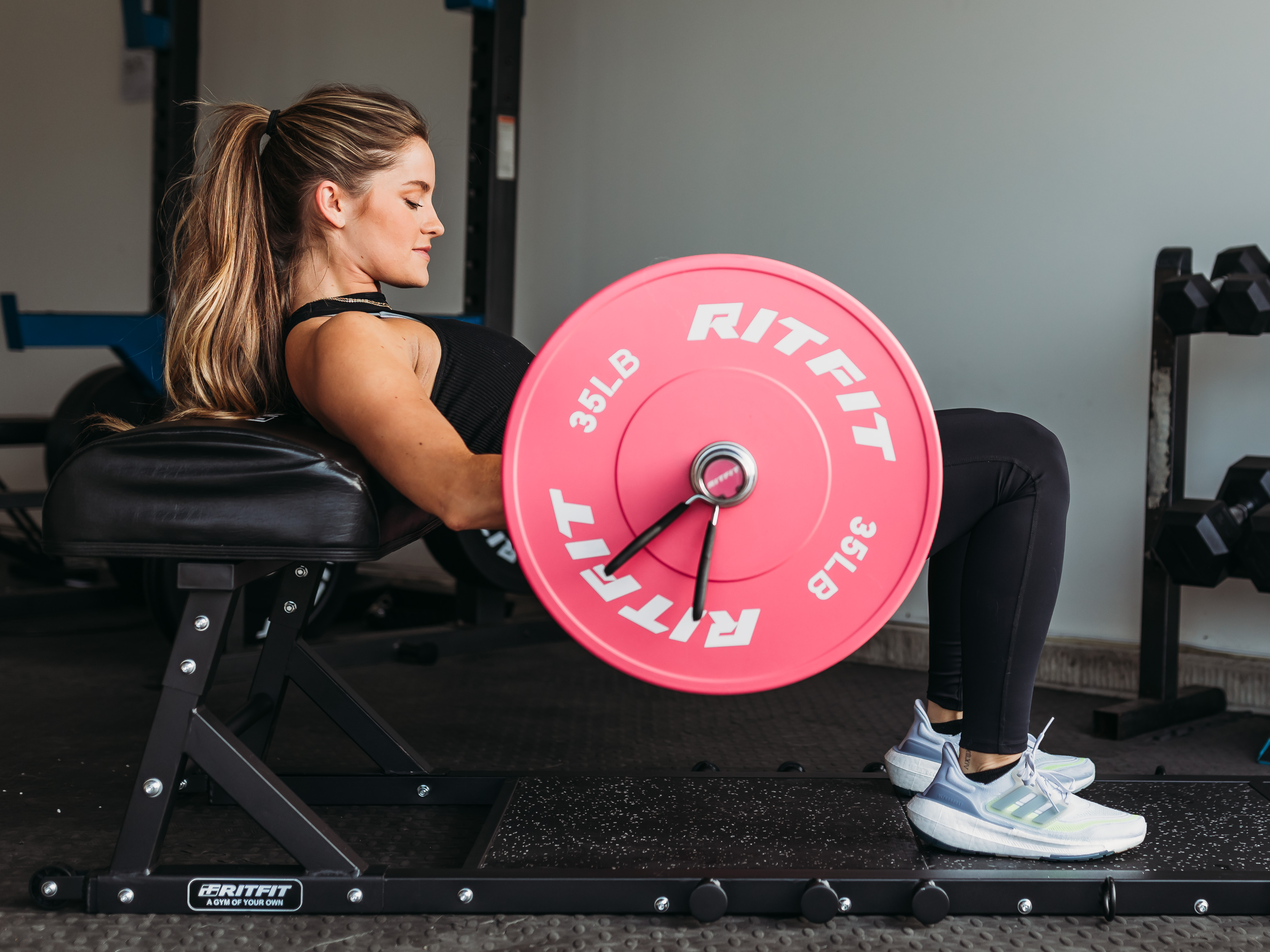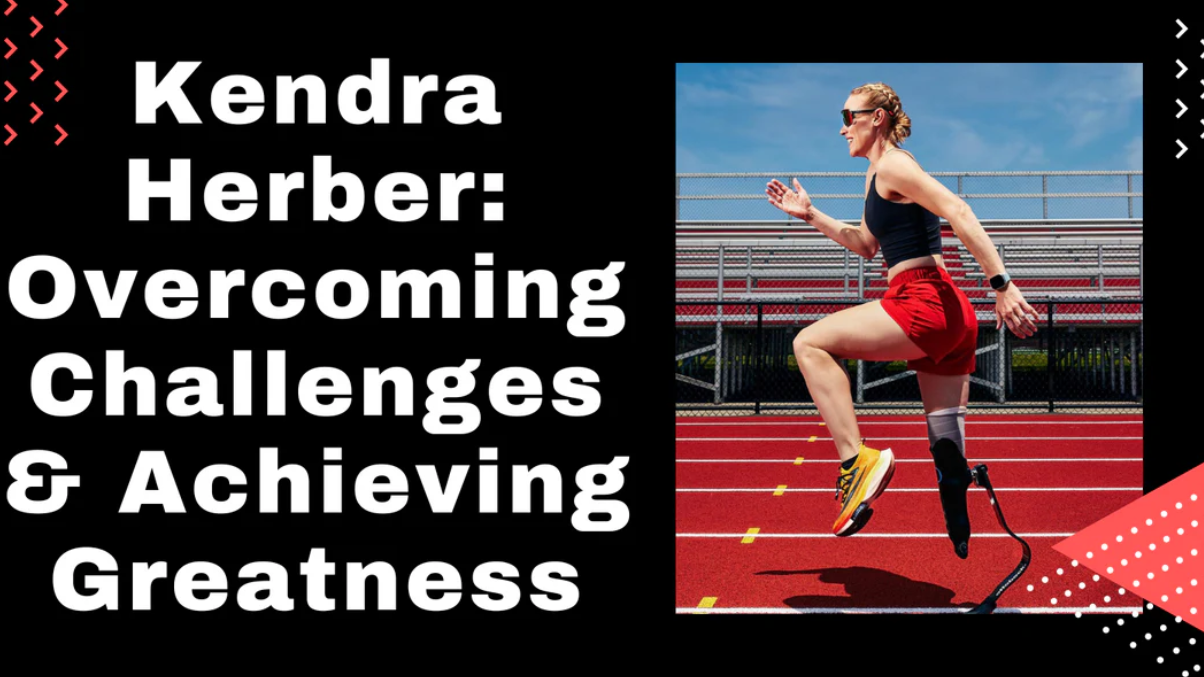Breast cancer is a condition that has directly or indirectly touched almost all of us. As the leading type of cancer in women, it is something that is always at the forefront of our minds as we consider how we would manage this condition and what steps we can do to prevent it from affecting us (Wang, Wu, 2023).
While it is impossible to completely erase our chances of being afflicted by breast cancer, there are a number of breast cancer prevention steps we can take to minimize our risks of developing it. Improving our nutritional habits, limiting alcohol consumption, and staying at a healthy weight are all excellent ways to incorporate breast cancer prevention best practices into our lives that have a number of other wide-ranging benefits (Sauter, 2018).
Engaging in regular exercise, preferably in the form of a routine, has been proven to be one of the most effective ways to lower women’s risk of developing breast cancer (Misiag, Piszyk, Szymanska-Chabowska, Chabowski, 2022). Today, we’re going to discuss some of the best practices that go hand in hand with exercise and breast cancer prevention.
Exercise Duration
Any form of physical activity, especially if you are currently largely inactive, will reap massive benefits to your overall health and to your breast cancer prevention efforts. Getting started with even a few short walks each week is a great way to get your body accustomed to moving and can psychologically help you to start setting time aside for exercise.
Over the first few weeks, you can even begin to carry light dumbbells with you for added challenge and to promote general strength and grip training to complement your cardiovascular workout.

As you grow more accustomed to training, you can lengthen your walking sessions and even increase your pace, which will create more intensity in your workouts, for additional breast cancer prevention benefits.
Your ultimate goal should be to aim for at least 150 minutes of moderate-intensity aerobic activity each week or 75 minutes of high-intensity aerobic activity each week. You can even get creative and “mix and match” this activity to better match how you’re feeling during each workout session and to add a bit of variety to your workouts.
Exercise Selection
Aerobic activity should be a main priority in your fitness regimen but don’t feel confined to traditional cardiovascular exercise options. Engaging in a more diverse array of aerobic activities while also adding strength training to your routine will help to maximize your breast cancer prevention efforts.
Resistance Training
You may have already grabbed a light set of dumbbells for your walks, but you can make massive improvements to your overall strength, bone density, and body composition (reducing body fat and incidences of obesity) by incorporating more weighted exercises into your workouts (Hong, Kim, 2018).
Many of these exercises can be performed with that same pair of light dumbbells, but others are best performed with a light kettlebell or two and a sturdy weight bench. As your strength levels improve and you grow more comfortable with the different movements, it may be suitable to add a dedicated power rack, leg press/hack squat combination machine, barbell, and weight plate exercises to your routine.

The most effective movements in this category include the squat, leg, press, bench press, row, deadlift, overhead press, lateral raise, triceps extension, and biceps curl.
Supporting breast cancer awareness and survivors while honoring the memories of those we have lost to the disease should be something we never lose site of. Because of this, opting for a power rack, Smith Machine, or leg press/hack squat machine that is part of a pink package, the color of breast cancer awareness and support, can help you to keep our thoughts on these courageous women while strengthening our bodies against the disease.

High Intensity Interval Training (H.I.I.T.)
This form of training is not nearly as intimidating as the name sounds and involves performing a number of familiar strength training and bodyweight movements at a faster-than-usual pace. H.I.I.T. workouts usually include a set amount of “work” time to perform a particular exercise followed by a set period of dedicated rest and recovery.
H.I.I.T. can be particularly effective for breast cancer prevention because it is almost always classified as high-intensity aerobic activity (the kind that everyone should aim to get at least 75 minutes of each week), while also promoting the bone density and muscle-building qualities of traditional strength training.
H.I.I.T. workouts usually involve a combination of weighted movements, like the exercises mentioned in the previous section, and bodyweight movements such as push-ups, lunges, air squats, jumping jacks, mountain climbers, and crunches. The best part about these bodyweight movements is that they don’t require any equipment to perform so when you’re just getting started with H.I.I.T. you won’t need to immediately purchase anything.
Another advantage of H.I.I.T. workouts is that they allow you to get creative with your movements and exercise selection. For example, if you purchased a pink power rack set and an accompanying weight bench to perform barbell squats and bench presses, you could repurpose the bench to perform bodyweight bench dips and chin-ups. Combining these two movements with air squats, dumbbells bent over rows, and kettlebell swings would give you a well-rounded strength workout with all of the breast cancer prevention benefits of high-intensity aerobic training.

H.I.I.T. workouts can be rather intense, especially for those unaccustomed to this type of training. If you are interested in deriving the benefits of H.I.I.T., don’t be afraid to keep your initial sessions short, uncomplicated, and with longer rest-to-work periods. An example 12-minute beginner workout could look something like this:
|
Exercise |
Duration |
|
Bodyweight squats |
20 seconds |
|
Rest |
40 seconds |
|
kneeling push-ups |
20 seconds |
|
Rest |
40 seconds |
|
Kettlebell swings |
20 seconds |
|
Rest |
40 seconds |
|
Dumbbell bent-over rows |
20 seconds |
|
Rest |
40 seconds |
|
Repeat this full sequence 3 times |
|
This October, Think Pink
Between family history and genetic predisposition, so many of the contributing factors putting us at risk of developing breast cancer are out of our control. However, acting on the areas we can control should be a top priority.
Making even small, gradual, lifestyle changes in the form of prioritizing nutrition and staying active can result in extremely positive health outcomes. It’s also easier to stay committed when you continue to “think pink” and keep your thoughts on everyone battling breast cancer, past and present, at the forefront.

References
Hong, A., Kim, S. 2023. Effects of resistance exercise on bone health. Endocrinology and Metabolism,
33 (4): 435-444.
Misiag, W., Piszczyk, A., Szymanska-Chabowska, A., Chabowski, M. 2022. Physical activity and cancer care – A review. Cancers, 14 (17): 4154.
Sauter, E. 2018. Breast cancer prevention: Current approaches and future directions. European Journal of Breast Health, 14 (2): 64-71.
Wang, J., Wu, S. 2023. Breast cancer: An overview of current therapeutic strategies, challenge, and perspectives. Breast Cancer: Targets and Therapy, 15: 721-730.







